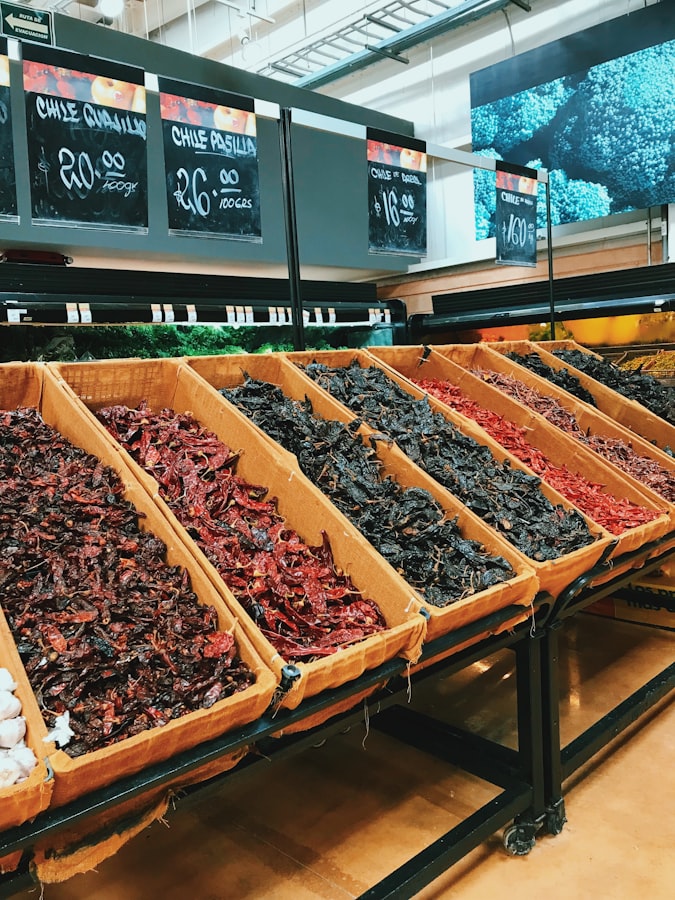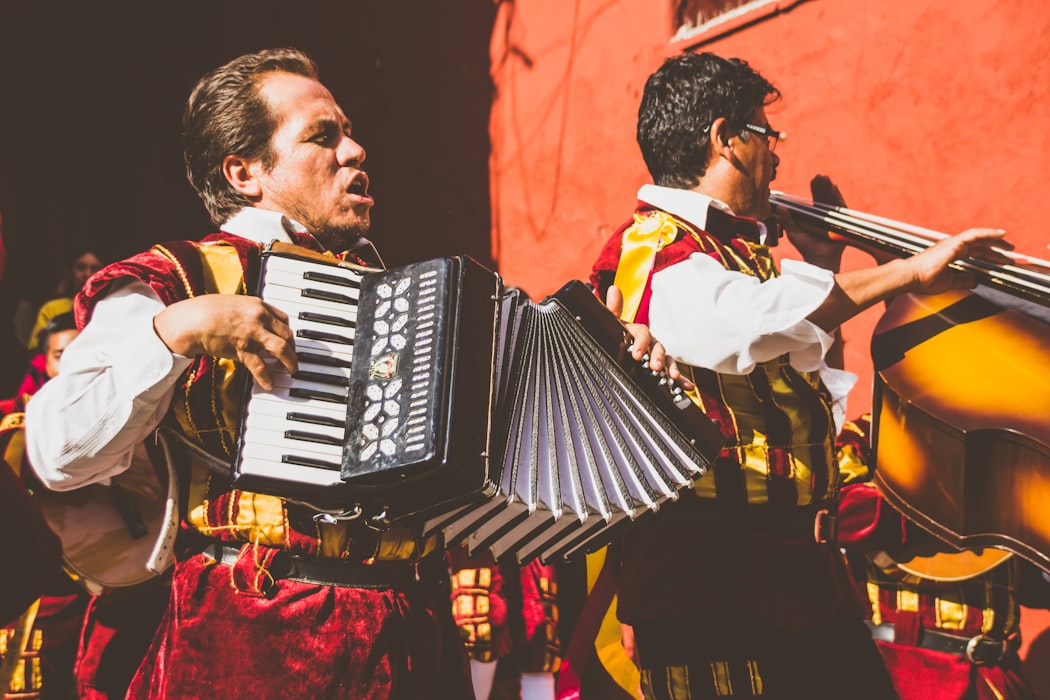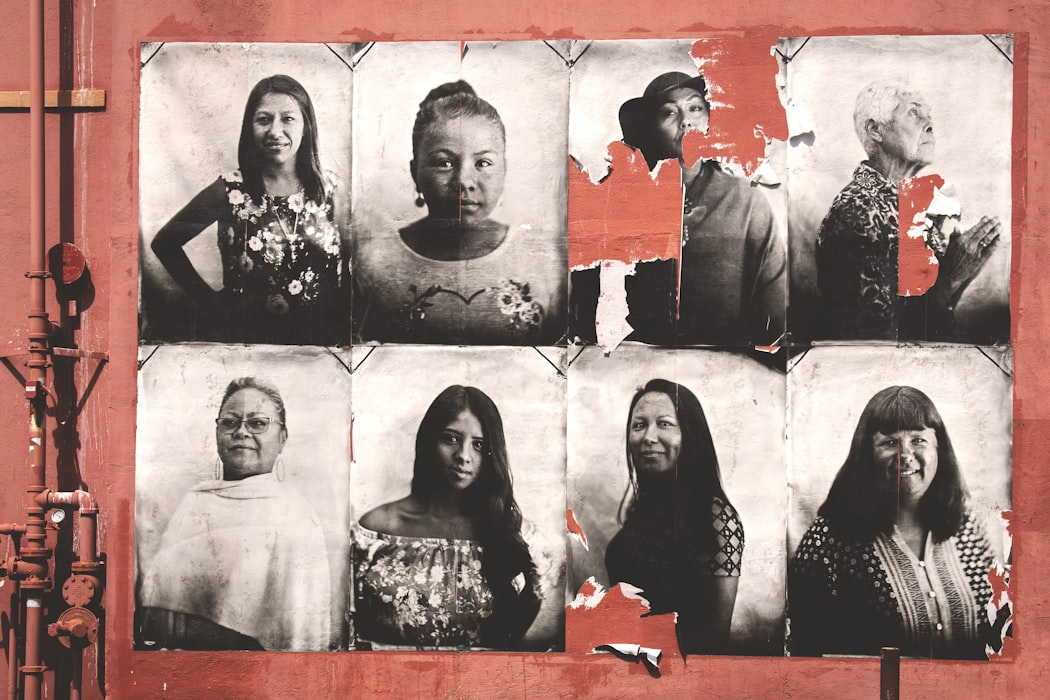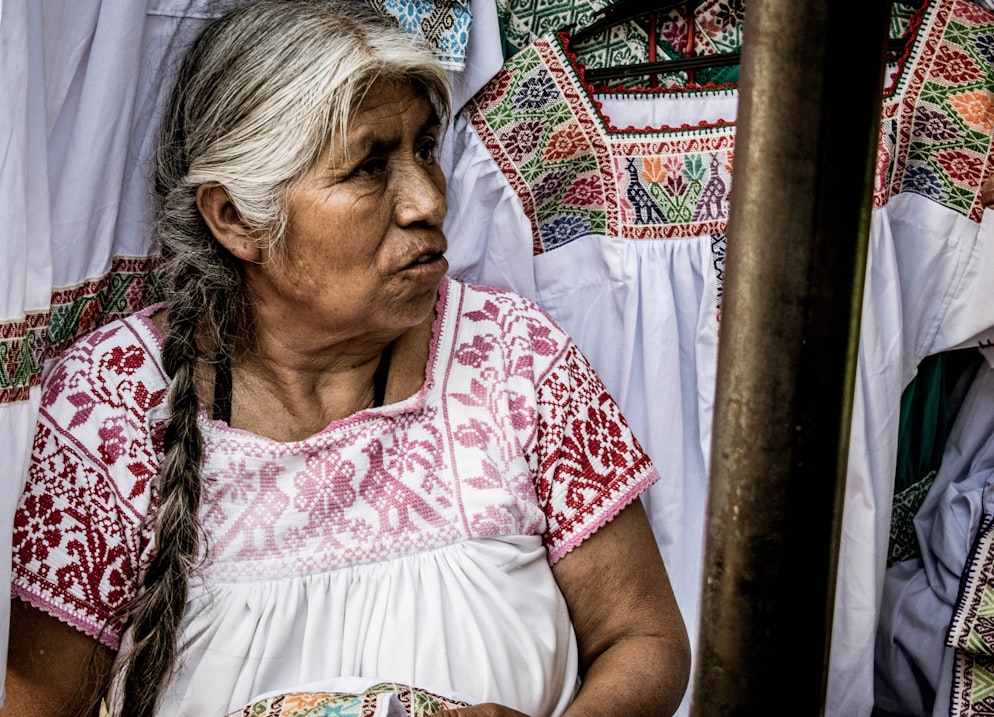Mexicans are full of surprises, traditions, celebrations and more. However, one thing that is not mentioned very often about Mexicans is their belief in supersticiones, which are very established in our culture.

Mexicans are very careful with every step we take, so passing the information on superstitions from generation to generation is not surprising
So, what are these superstitions?
Echar La Sal

Believe it or not, the belief that spilling salt brings you bad luck is very old, dating back to ancient Rome. There are people who claim that spilling, throwing, or passing salt from hand to hand while we are eating is bad luck.
However, we as Mexicans prevent before complaining. So the ritual of throwing a bit of salt back over our shoulder to break all kinds of bad omens is welcomed.
Walk Under Stairs

There are certain beliefs that are a symptom of bad omens or that predict all kinds of ills for those who witness them. Since always, we Mexicans have allowed ourselves to be influenced by superstition. One such superstition is walking under a escalera.
Although many think that this is only due to a safety method to avoid a catastrophe, some people believe that something bad will happen to them if they go under a ladder, so they avoid doing it at all costs.
Place your Purse on the Floor

Legend has it that leaving a bag or purse on the floor causes money to go away (spiritually speaking?). Apparently this superstition comes from Chinese culture, and somehow or another it came to México. Those who believe in this superstition would rather leave their bolsa on their lap than put it on the ground just in case.
Look a Baby in the Face for a Long Time

In very distant times, it was thought that witches were the ones who cast the mal de ojo to make their victims fall ill, and thus lose love or leave them in ruins. Nowadays it is believed that by staring at a baby there is the possibility of giving him the “evil eye”. That is why many mothers put a red bracelet or ribbon on their newborns’ wrists indefinitely while they are babies to ward off all kinds of mala suerte.
When your Ears Hurt

How many times do we not have that ringing sensation in our ears and say, “Oh, someone remembered me”, or “Someone is talking bad about me”. This is due to the superstition that when you have any kind of pain or discomfort in your ear it is because someone is causing it by mentioning your name. Could it be true?
Sweep Someone’s Feet
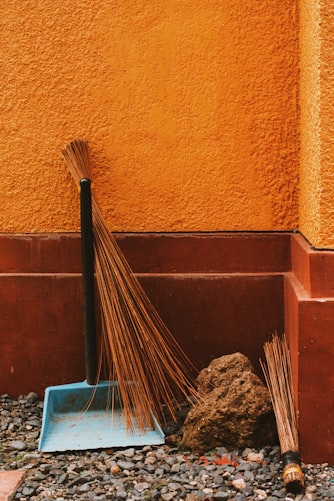
It is said that sweeping someone’s feet could cause them to be “Forever Alone” because according to abuela, if someone sweeps your feet then you are destined to never marry or marry until you’re old. This superstition dates back to 16th century Spain where people began to believe in witches and the power of brooms to take flight.
A superstition similar to this is that of sitting on the corner of a table, where it is believed that this causes you to never get married and end up being the viejita with many cats.
Break a Mirror

According to superstitious people, breaking a mirror by accident is not a good sign. There is a saying that whoever breaks a mirror will have 7 years of mala suerte. Superstitions regarding mirrors began when early men saw their reflections in ponds and believed they were spirits or souls.

Apparently many superstitions were born with the idea that brujas or witches existed and that they could cast a spell on you. Having these kinds of extra details from our culture adds a bit of flavor to us Mexas. You may not believe any of these superstitions, but what is certain is that it is fun to see people from other countries being surprised when we tell them what could happen to them if they do not obey the rules of superstitions.
What other supersticiones do you know? Tell us in the comments below.















